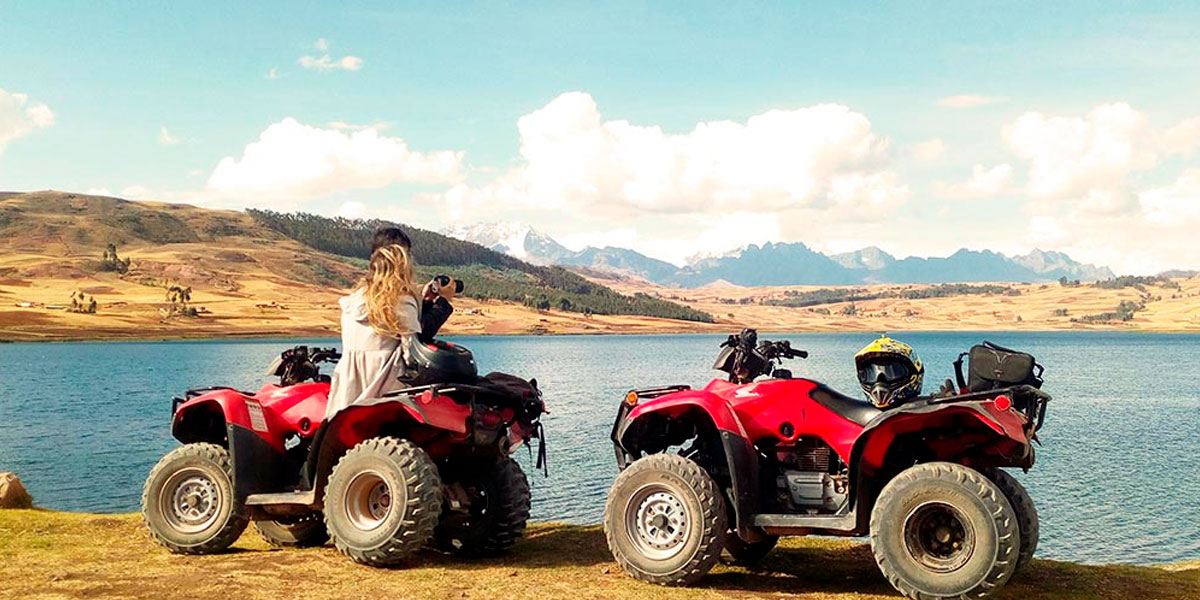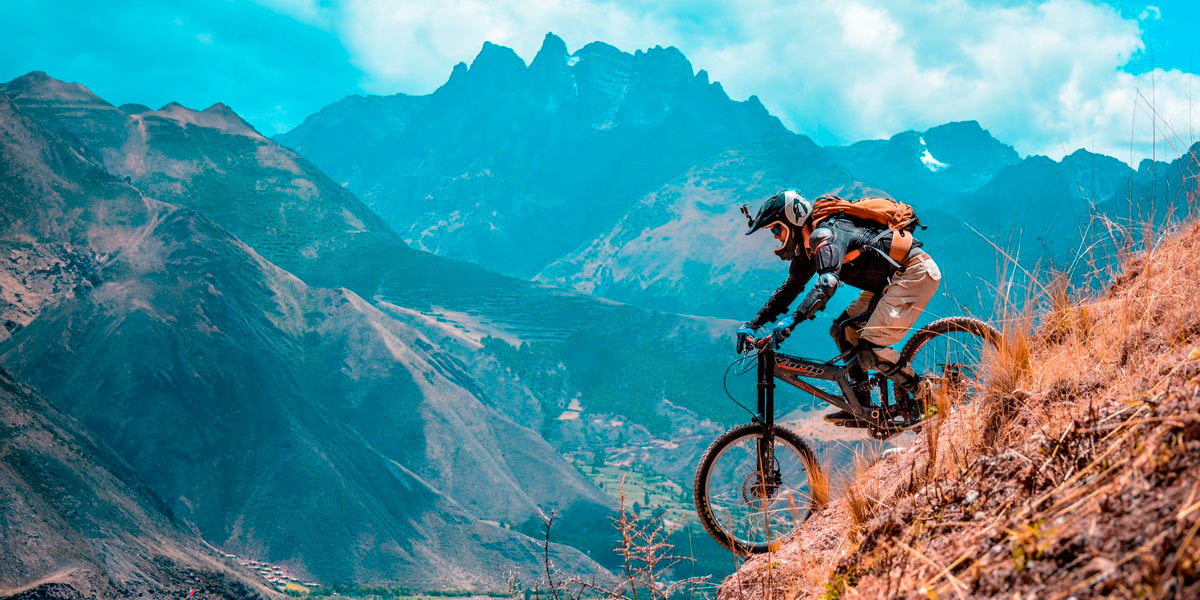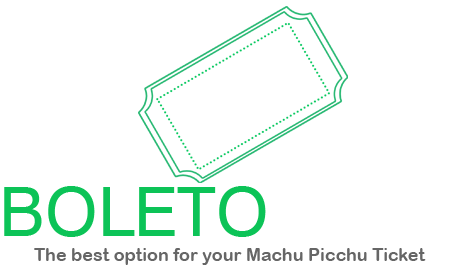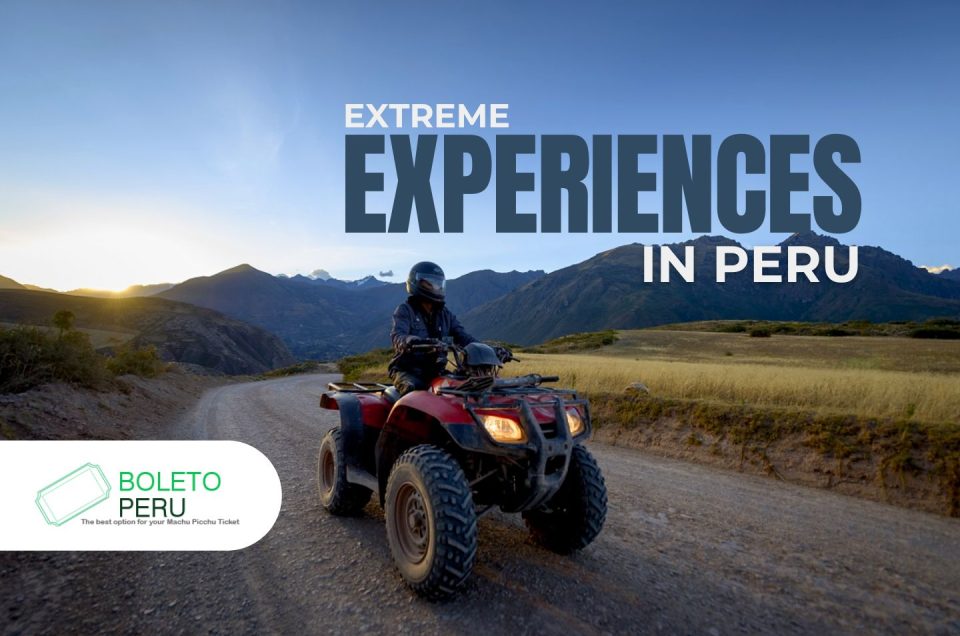Peru is one of those destinations where adventure is lived to the fullest. From the snowy peaks of the Andes to the coastal desert and the dense Amazon jungle, the country offers natural settings that are as diverse as they are challenging. Here, the geography not only surprises, but also demands: fast rivers, steep mountains, deep canyons, and high altitudes, all part of the unforgettable experiences in Peru that attract travelers from around the world.
But what makes Peru a magnet for demanding travelers? It’s not just its cultural legacy or photogenic landscapes. The combination of extreme nature with well-marked routes, specialized operators, and access to remote areas has turned the country into a paradise for those seeking adventure sports and uncommon experiences in Peru. In this blog, we present five experiences that will test your limits and show you why Peru is synonymous with adventure.
Rafting in Peru’s Andean Rivers
Rafting in Peru is one of the most intense adventure experiences on the continent. Its rivers run through deep canyons and Andean valleys covered in vegetation, combining excitement, nature, and culture in a single trip. The country’s varied geography allows this sport to be practiced at different difficulty levels, from family-friendly trips to challenging sections for experts.
Main destinations for rafting in Peru
- Urubamba (Cusco): This river, known as the “Sacred River of the Incas”, flows along the Sacred Valley. In its sections from Ollantaytambo to Calca, it offers class III and IV rapids, ideal for intermediate levels. During the descent, you can see Inca terraces, cultivated fields, and small Andean towns.
- Apurímac (between Cusco and Apurímac): Considered one of the most technical rivers in South America, with class IV and V rapids. Its route goes through narrow canyons, with intense sections that require a professional guide. There are camps on hidden beaches, quiet pools for swimming, and unique views of the high Andean dry forest.
- Colca (Arequipa): Although it is best known for its canyon and condors, the Colca River also allows for rafting on class II and III sections. It is ideal for beginners who want moderate adrenaline in the middle of an impressive landscape, with agricultural terraces and colonial towns along the way.
Difficulties of the Rapids and Best Time to Visit
- Difficulty Classes:
- Class II: Ideal for beginners and families. Gentle rapids, with small waves and simple navigation.
- Class III: Intermediate level. Requires some experience and good coordination. Perfect for those who have already practiced basic rafting.
- Class IV-V: Rivers with strong currents, big waves, and technical maneuvers. Only recommended for experienced people accompanied by certified guides.
- Ideal Season:
- May to September: This is the dry season in the Peruvian Andes, ideal for rafting at all levels. June, July, and August are the best months, with more predictable water flows.
- October to April: Rainy season. The increase in water flow can close some routes, but it is also a good option for those looking for fewer tourists and more accessible prices in safer areas.
Important Fact: Some agencies offer rafting routes combined with camping under the stars, outdoor meals, and trekking to natural viewpoints. They are an excellent option if you want to live a complete Andean adventure experience.

ATV Adventure on Incredible Routes
Exploring Peru on an ATV is one of the most exciting experiences in Peru, allowing travelers to journey through landscapes that combine nature, culture, and adventure. These all-terrain vehicles let you access remote areas without physical effort, crossing dunes, cobblestone roads, salt flats, and mountain trails. The experience mixes controlled speed with unique views, ideal for those seeking adrenaline without leaving aside landscape and cultural exploration.
Ideal zones for ATV riding
1. Maras and Moray
One of the favorite destinations near Cusco. The circuit crosses open fields and rural roads to two key points of the Sacred Valley of the Incas:
- Moray: A system of circular terraces used by the Incas as an agricultural laboratory. From the ATV, the design is observed from above.
- Salineras de Maras: Thousands of salt ponds that dye the landscape white among the Andean slopes. The contrast with the green mountains is perfect for taking photos.
2. Sacred Valley
Here, rustic roads, views of the Urubamba River, and settings with Inca ruins are combined:
- It passes through towns like Pichingoto, Yanahuara, or Ollantaytambo, where you can pause to appreciate the traditional architecture.
- The routes include gentle curves, trails between crops, and panoramic views of snow-capped mountains.
3. Dunes and deserts of Ica
The scenery changes completely: golden sand, heat, and endless views.
- In Paracas, you travel along roads between the desert and the sea.
- In Huacachina, the routes go into the giant dunes where you can also combine it with sandboarding.
What to expect from the tour
- Type of terrain: Fine sand, loose dirt, compacted gravel, agricultural paths, and paved roads in short sections.
- Difficulty level:
- Basic: Ideal for beginners, with gentle curves and few slopes.
- Intermediate or expert: Requires more skill, with irregular roads, steep areas, and greater vehicle control.
- Average duration:
- Short (2–3 h): For those who have little time or prefer a non-tiring introduction.
- Medium-long (4–6 h): For more complete circuits that include cultural stops, landscapes, and breaks.
- Estimated distance: Between 30 and 60 km, depending on the terrain and the organizing agency.
Important fact: Many ATV tours include stops at historical or natural points. Some operators combine this activity with guided visits to archaeological sites, which makes the experience a perfect mix of adventure and culture.

Mountain Biking in Peru
Mountain biking in Peru is much more than just riding trails: it’s an adventure into landscapes with snow-capped mountains, cloud forests, deep valleys, and Inca paths. Each route is a perfect mix of physical challenge, wild nature, and postcard-perfect landscapes.
Must-ride routes for cycling between mountains and jungle
-
- Abra Málaga | This Andean pass, at more than 4,300 meters above sea level, connects the Sacred Valley with the high jungle. The route includes sharp turns, sections with loose stones, natural tunnels, and viewpoints towards the Vilcanota River and waterfalls that cascade down from the mountains.
- Salkantay | Starting at 4,600 meters and ending at 2,000 meters, this route offers a radical change in scenery. From the foothills of the snow-capped Salkantay, you descend along narrow paths bordered by cloud forests, hanging bridges, coffee plantations, and remote high jungle towns.
- Sacred Valley | Perfect for half-day or full-day routes. It starts from Pisac towards Ollantaytambo, passing through Inca terraces, cultivated fields, and traditional towns.
Types of bikes and difficulty level
- Hybrid or comfort bikes: Ideal for easy routes and moderate terrain. Their comfort makes them suitable for beginner cyclists, although they are not designed for technical or very steep sections.
- Mountain bikes (MTB): These are essential for routes like Salkantay or Abra Málaga. They have front or full suspension, hydraulic brakes, and tires with great traction. They allow for greater stability and safety on difficult terrain, mud, or loose stones.

Rock Climbing
Rock climbing in Peru is one of the most exciting experiences in Peru, offering the chance to explore high-Andean landscapes and unique geological formations while challenging one’s own physical and mental limits. From deep canyons to granite blocks in the middle of the puna, each area presents routes for beginners and technical challenges for experts.
Recommended places to climb in Peru
- Cañón de los Perdidos (Áncash)
Near Yungay, this white limestone canyon has vertical walls up to 200 meters. It is an ideal destination for multi-pitch sport climbing, with technical plates, friction sections, and demanding movements. - Hatun Machay (Junín Region)
Known as the “Stone Forest”, this rock sanctuary at more than 4000 m.a.s.l. offers over 300 climbing routes. Here you will find everything from low blocks ideal for bouldering to sport routes between 15 and 25 meters, with unique holds shaped by wind erosion. - Yura and Corire (Arequipa)
In the surroundings of the city of Arequipa there are areas like Yura (of volcanic rock) and Corire (sandstone and conglomerate formations). Both sectors offer sport and traditional routes, many between 10 and 50 meters. The proximity to the city allows climbing all year round, with clear days and excellent accessibility.
Climbing styles you can practice
- Sport climbing
- It is done on routes with fixed anchors (bolts and hangers).
- It is ideal for improving technique and endurance without worrying about placing protection.
- Frequent in areas like Hatun Machay and Yura.
- Traditional climbing (trad)
- The climber places their own protection (cams, stoppers) in cracks and fissures.
- It requires more experience, good judgment for placing protection, and specialized equipment.
- Common in areas like Corire and classic routes of the Cañón de los Perdidos.
- Bouldering
- Climbing without a rope on low-height blocks (3–6 m), with safety mats.
- It focuses on strength, technique, and quick resolution of complex movements.
- Hatun Machay and other high-Andean areas have ideal sectors to practice it.

Bungee Jumping in Cusco
Just a few kilometers from the imperial city, bungee jumping in Cusco has become one of the most intense adventure experiences in the region. With a free fall of more than 122 meters, the jump is made from a metal structure suspended over a canyon surrounded by rocks, Andean vegetation, and panoramic views of the Urubamba River.
Where is it done and what makes it special?
- Exact location: 30 km from the center of Cusco, in the district of Písac, right on the road that crosses the Sacred Valley.
- Andean landscape: The jump is made over a natural canyon 80 meters deep, surrounded by rock formations, forests of queñua, and snowy mountains.
- Altitude: At more than 3600 meters above sea level, which intensifies the feeling of vertigo and the physical impact of the jump.
- Infrastructure: Metal platform with a 360° view, harness and rope certified under CE and UIAA standards, staff trained in first aid, and a safety system with lifelines.
Physical requirements and mental preparation
Necessary physical conditions:
- Must be between 14 and 65 years old.
- Weight between 40 and 110 kg.
- Good physical condition (no heart problems, recent injuries, or uncontrolled high blood pressure).
- Able to climb stairs or walk uphill without excessive difficulty.
Recommended mental preparation:
- Visualize the jump: Imagining each stage helps reduce anxiety.
- Breathing control: Inhale in 4 counts, exhale in 6, to stay calm.
- Self-confidence: Phrases like “I’m ready” or “I want to do it” reinforce the decision.

How to Choose Your Next Extreme Adventure in Peru
Choosing your next extreme experience in Peru means going beyond conventional tourism. It’s about combining the thrill of outdoor sports with the country’s cultural richness. Machu Picchu is not only one of the most visited destinations in the world, it is also the starting point for several adventure routes. From hikes on Machu Picchu Mountain or Huayna Picchu, to more demanding routes such as the Classic Inca Trail, the Salkantay Trek or the Inca Jungle, which mix trekking, cycling, rafting, and canopy.
One of the most complete experiences is the Inca Jungle Trek, ideal for those looking for variety. This 4 day route takes you from the Andean highlands to the high jungle with activities such as downhill biking, rappelling, canoeing on the Urubamba River, and, in some cases, zip-lining between mountains. In addition to the adventure, you will pass through local towns and sleep in rustic accommodations, before arriving at the Inca citadel on a less-traveled alternative route.
Recommendations for Planning Your Extreme Trip to Peru
- Prior acclimatization
Before any intense activity, spend at least 2 or 3 days in Cusco or another high point so your body can adapt to the altitude (3,400 m.a.s.l.). This reduces the risk of altitude sickness. - Ideal season for outdoor sports
Between May and September is the dry season, ideal for trekking, climbing, or cycling. Rains are scarce, the roads are safer, and the views are clearer. - Choose certified operators
Make sure to book with recognized agencies, with accredited guides in adventure tourism, first aid, and evacuation. Check their reviews and ask for details about their safety protocols. - Adventure insurance
Hire insurance that covers risky activities such as rafting, climbing, or canopy, including mountain rescue and medical transport. - Bring your own technical gear
If you have experience or plan to do several sports, it is advisable to bring your own helmet, goggles, gloves, and technical footwear. Comfort and safety increase if the equipment is yours and has been tested. - Book in advance
Routes like the Inca Jungle or the Classic Inca Trail sell out quickly. Book 1 or 2 months in advance, especially during the high season (June-August). - Practice responsible tourism
Respect the paths, do not leave trash, avoid damaging the natural environment, and, if you can, consume in local or family-owned businesses. This contributes directly to the communities that receive the visitor. - Prepare physically
Before the trip, go for long walks, cycling, or swimming to improve your endurance. Arriving in good shape reduces the risk of injuries and enhances the experience.
Additional note: Most extreme tours around Cusco can be adapted to different levels. While some require prior experience, many operators offer alternative routes for beginners who want to start trekking, cycling, or rafting without compromising safety or excitement.

